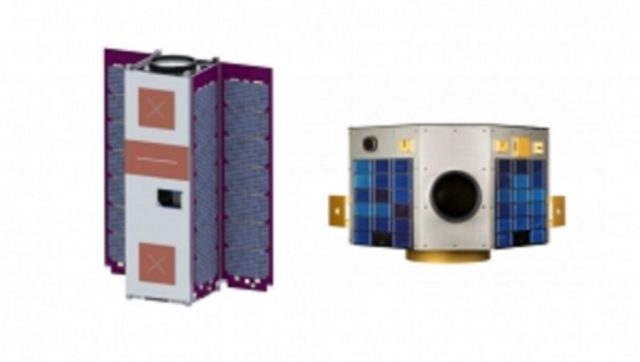Slovenia plans to send its first two satellites to space in the first half of 2019. Trisat and Nemo HD will provide data that, in combination with data from the EU Copernicus programme, will help develop solutions in agriculture, forestry and urbanism, and will provide invaluable data following natural disasters.
Responding to a question from an MP, the government has said that the satellites would be sent to space on a Vega rocket launched by Arianespace, a company developing launch solutions for the European Space Agency (ESA).
Trisat is a nano-satellite, weighing only 4.4 kilos, capable of taking multispectral images of Earth in short-wave infrared spectrum. It is to be used for at least two years.
It will be deployed at the altitude of 500 kilometres in a Sun-synchronous orbit, according to the Trisat programme of the University of Maribor, which has developed it.
Nemo HD has been developed by Vesolje-SI, the Slovenian centre of excellence for space sciences and technologies. Some 85% of the funds for the 65-kilo satellite came from the EU and the rest from Slovenia’s budget. The micro-satellite will be orbiting the Earth at 600 kilometre producing panchromatic and multispectral images.
Slovenia hopes to use the data collected by the satellites to follow the growth of crops and the effects of irrigation and fertilisation in real time.
The images produced by the satellites are also expected to be helpful tools in case of natural disasters. Not only would the images help with analysis of natural disaster effects, Nemo HD could also provide real-time imagery invaluable in dispatching search and rescue teams.
One of the key goals in launching the two satellites is to demonstrate Slovenian space technology and promote the country’s space engineering know-how, according to the government.

















